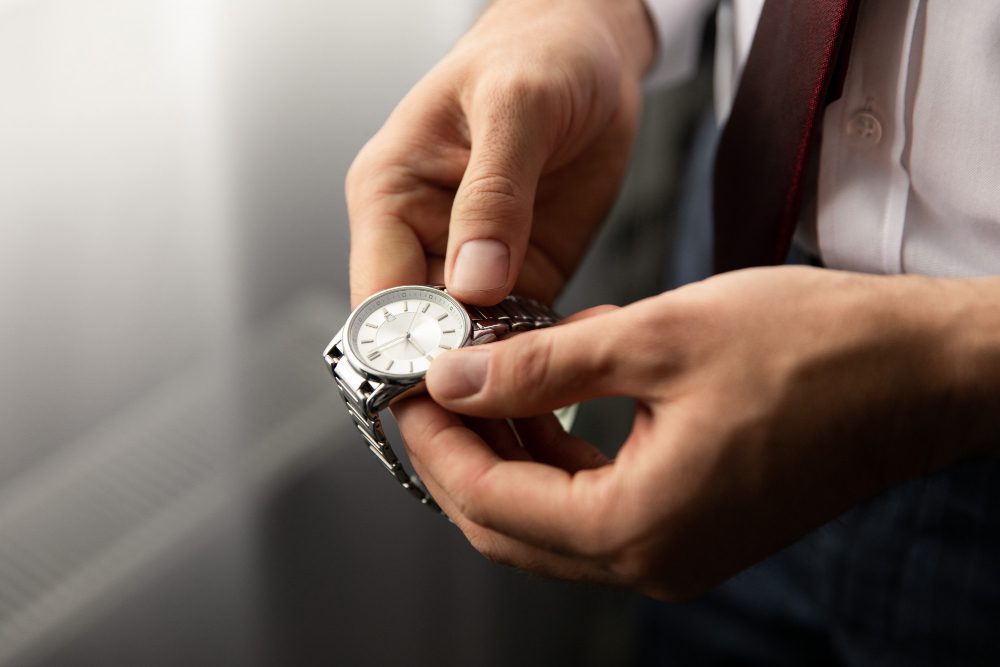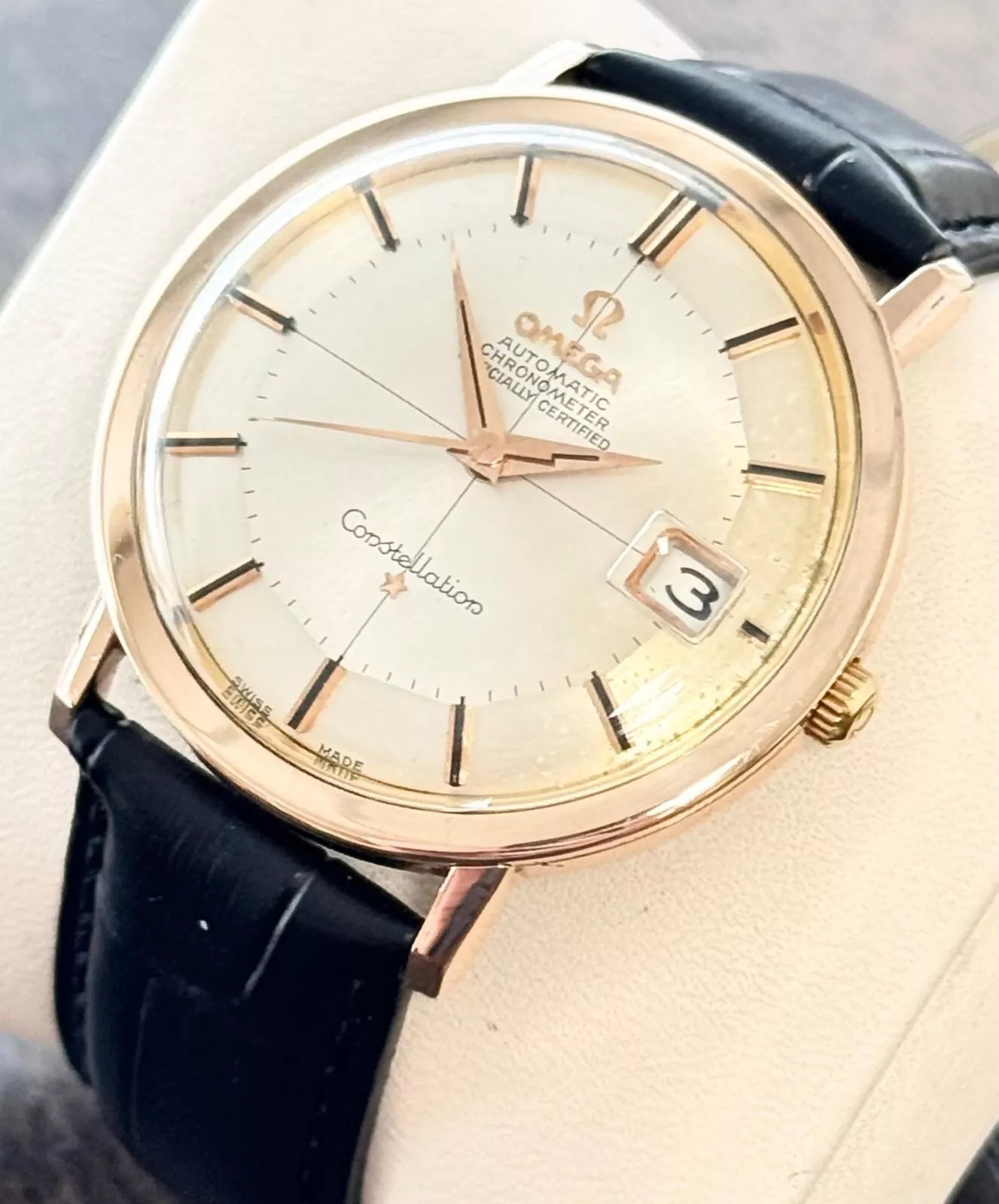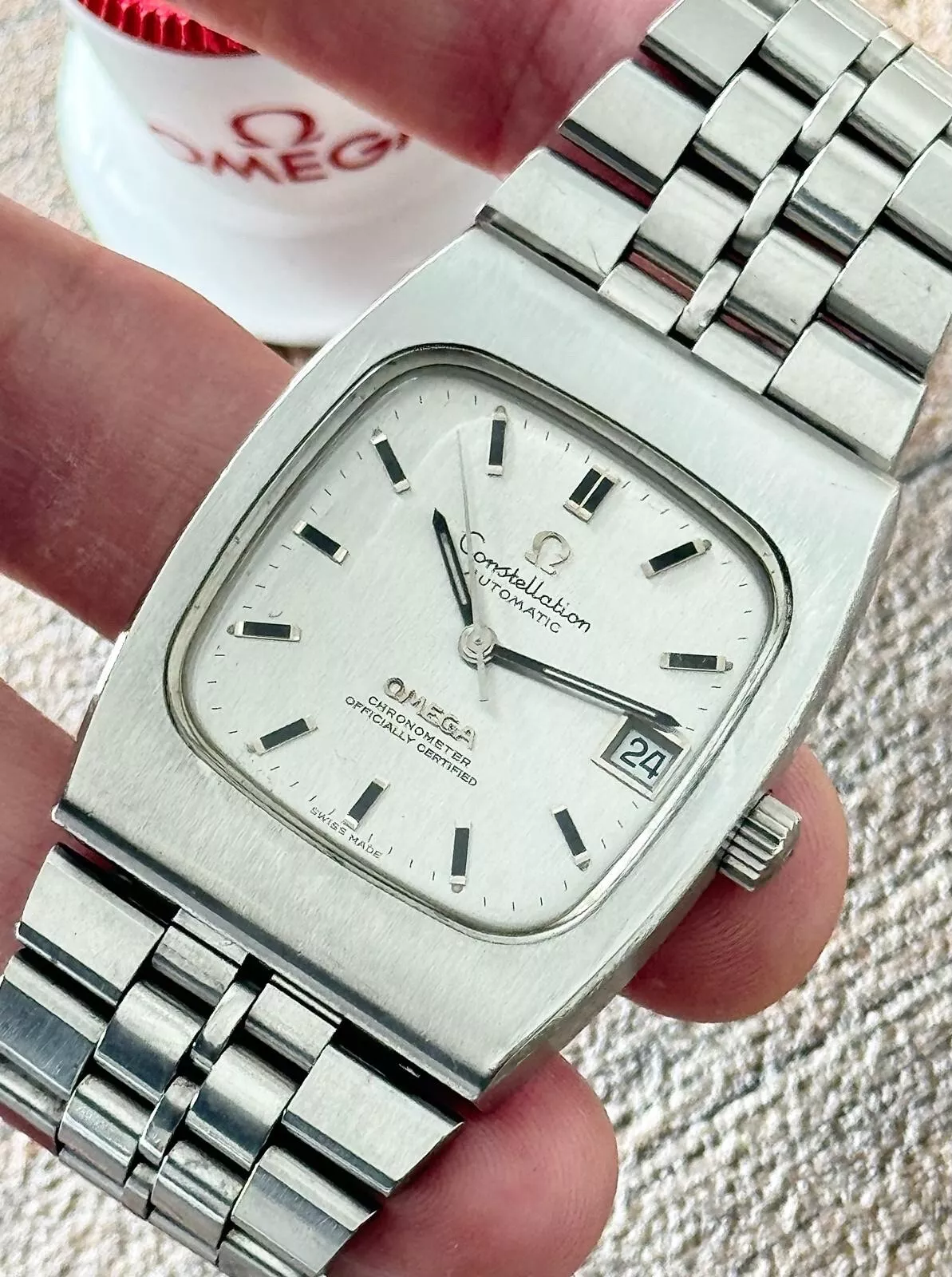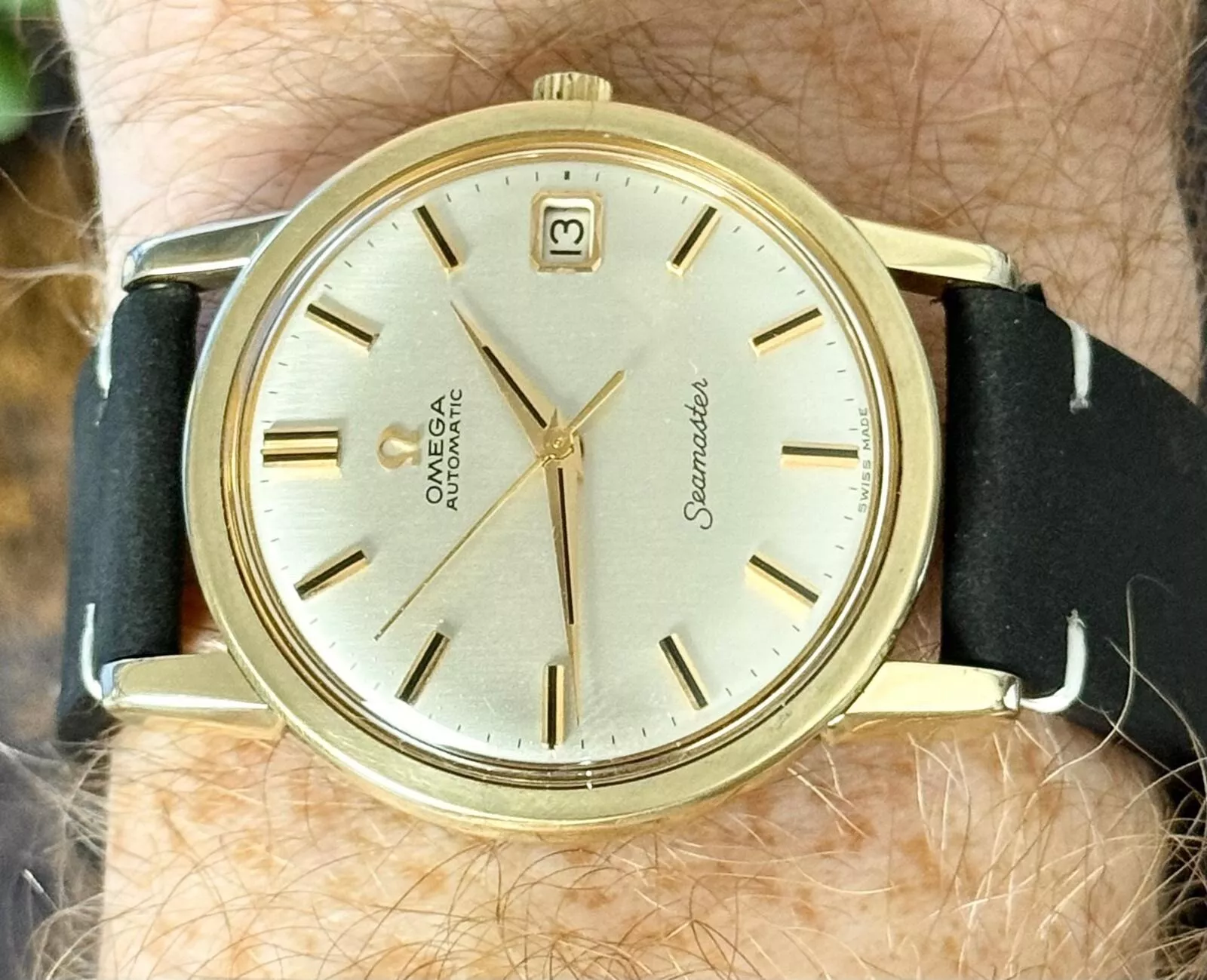Wristwatches are a popular accessory item, but their history is often overlooked. This article will examine the fascinating journey of wristwatches from antiquity to modernity, exploring how they have evolved over time and come to be accepted as fashionable items for men and women alike.
It will look at various milestones in the development of watches, including when and why people started wearing them on their wrists instead of being suspended around their necks or tucked into pockets.
Additionally, this article will explore how different materials and designs have been used throughout the years to create unique styles that appeal to wider audiences.
Early Adoption of Wristwatches
The use of wristwatches can be traced back to the 16th century when they were primarily used by women as a form of fashionable jewellery.
As time progressed and technology advanced, so too did the design of watches; in 1790, French watchmaker Abraham-Louis Breguet created one for Caroline Murat, Queen consort of Naples. This marked an important milestone in the history of wristwatches, as it demonstrated their potential for practicality beyond mere ornamentation.
During World War I, military men began wearing them on their wrists due to the increased convenience – compared with pocket watches – that allowed them to keep track of their timing more efficiently.
Although wristwatches had been around since earlier centuries, this newfound utility caused fashion trends to embrace them wholeheartedly; within no time at all, wristwatches became widely popular amongst civilians and remain so to this day.
Wristwatch production saw exponential growth throughout the 20th century thanks to technological advancements such as the quartz movement and digital displays.
The rise in popularity has seen major brands appear globally while countless independent watchmakers now occupy niche markets across Europe and North America.
Moving forward into the next stage of horological development…
The Advent of Pocket Watches
Pocket watches began to appear in the early 16th century and were worn around the neck or waist by those who could afford them.
By the end of the 17th century, pocket watches had become popular amongst wealthy Europeans due to their clockwork mechanisms that enabled more accurate timekeeping than sundials or hourglasses.
During this period, many watchmakers developed smaller sizes suitable for pockets with elaborate designs featuring precious metals, gemstones and intricate engravings.
The popularity of pocket watches continued well into the 18th century until a shift towards wristwatches for men started to take place.
This transition was driven by technological advancements such as the invention of quartz movements which allowed greater accuracy and consistency over other mechanical devices.
In addition, their small size made wearing them on one’s wrist much easier than carrying a bulky pocket watch.
As a result, stylish wristwatches became increasingly fashionable among European aristocrats during this period.
By the late 19th century, wristwatches had largely replaced pocket watches even among members of high society; they offered convenience while also maintaining an air of sophistication and status associated with fine jewellery pieces.
The development of new materials like stainless steel further enhanced the appeal of these accessories, making them accessible to people from all walks of life.
With this growth in demand came innovation: ever-smaller sizes, increased water resistance and improved shock protection soon became commonplace features of modern wristwatches today.
Thus paving the way for a new era in horology – one where style meets substance.
A Shift to Wristwatches for Men
The introduction of wristwatches for men in the late 19th century marked a major shift in fashion, one that would have a lasting social impact. A variety of factors contributed to this change; from technological advancements to mass marketing campaigns.
The first key factor was the development of technology which allowed for the production and sale of smaller, more accurate timepieces. As wristwatches became increasingly popular among those involved with military or sports activities, manufacturers began producing them on a larger scale. This helped reduce prices, making them more accessible to wider audiences.
Mass marketing techniques then played an important role in spreading awareness about these new devices and creating demand amongst potential customers. Companies soon started selling watches through mail-order catalogues, allowing people all over the world to purchase them without having to visit physical stores.
The combination of improved technology and mass marketing thus drove up sales significantly and cemented wristwatches as part of everyday life by the 20th century.
With its widespread adoption, the emergence of women’s wristwatches has become inevitable.
The Emergence of Women’s Wristwatches
The turn of the 19th century saw a shift from pocket watches to wristwatches for men. This same period, however, also marked the emergence of women’s wristwatches.
Though not as widespread as male-oriented designs, feminine styles began making their way onto wrists around the world. The emerging popularity was largely driven by luxury brands such as Tiffany & Co., Gucci and Cartier who offered stylish and intricate pieces that became symbols of status among fashionable society circles.
A variety of designs emerged, ranging from delicate bracelets to pendants with watch faces hidden within them or encased in gems. Women were no longer confined to simply wearing man-made timepieces on their wrists; they could now accessorise with custom-made jewellery pieces designed exclusively for them.
These exquisite items soon caught the eye of celebrities and royalty alike, further solidifying their position in fashion culture as status symbols. Wristwatches have evolved significantly since then and continue to be popular today due to ever-changing trends, technological advancements and design versatility.
As we move forward into a new era of horology, it is clear that these timepieces remain more than just functional tools – they are coveted accessories that carry with them undeniable style and prestige.
Wristwatches as a Status Symbol
The wristwatch has long been associated with luxury and status. From the days of pocket watches to the modern-day necessity, they have always been a symbol of power and influence.
Wristwatches are often seen as an indicator of one’s wealth and taste; from classic timepieces that embody traditional values to luxurious brands offering the latest trends in fashion and design.
Today’s market for wrist-worn timepieces is vast, ranging from relatively inexpensive models to exquisite works of art crafted by top Swiss watchmakers such as Rolex or Patek Philippe. These high-end luxury brands come with hefty price tags – sometimes costing hundreds of thousands of pounds – but their exclusivity makes them highly sought after by collectors who appreciate the craftsmanship behind each piece.
Wristwatches are no longer just used to tell the time; they have become an integral part of personal style and identity. Whether it’s a vintage model or something more contemporary, there’s something special about wearing a well-made watch on your wrist – an object which transcends its practical purpose and signifies sophistication and class beyond measure.
With this in mind, let us move on to modern wristwatch materials and designs.
Modern Wristwatch Materials and Designs
The modern wristwatch has seen a dramatic shift in materials and design. Automated manufacturing techniques have allowed for the production of high-quality, complex watches at lower prices than ever before. This has enabled watchmakers to create timepieces with intricate designs and features that were previously unattainable or too costly.
In addition, new materials such as titanium alloys, ceramic composites and luxury metals like gold and silver are being used to craft more durable, luxurious watches for consumers who demand quality and style.
One of the biggest innovations in terms of material usage is the use of different typefaces on dials. The introduction of digital printing technology has enabled manufacturers to produce customised faces which can be personalised with symbols, numbers, words and images according to individual tastes. Furthermore, case shapes are no longer restricted by traditional round forms; square, rectangular and even triangular cases are now commonplace among contemporary watch designers.
These advances in automated manufacturing processes alongside an increasing availability of unique materials have led to great advancements in modern watchmaking and opened up vast possibilities for future developments within this field. With these improvements come endless potential when it comes to exploring innovative ways to tell time – from ergonomic designs that fit comfortably on every wrist size to cutting-edge technologies that track health metrics with accuracy and precision.
As we look towards the future of wristwatch technology, there is no limit as far as what can be achieved through innovation in design engineering and material science alike. Allowing us to explore further into the realm of wearable devices capable of delivering both visual pleasure as well as functional excellence beyond measure.
The Future of Wristwatch Technology
The future of wristwatch technology is nothing short of astounding. It will revolutionise the way we interact with time, giving us access to an entire world of never-before-seen features and capabilities.
Smartwatches are set to become even smarter, offering seamless integration into our lives through wearable tech:
- Comprehensive fitness tracking for heart rate and sleep patterns
- Accessibility to real-time weather updates
- Integration with mobile phones and apps for calls, texts, email notifications and calendar events
- Ability to store music and other multimedia files
- Voice command features that allow users to control their smartwatch without ever touching it
By adopting modern technologies such as artificial intelligence (AI), machine learning and big data analysis, these advanced devices can anticipate user needs more accurately than ever before – providing easy access to relevant information at all times.
With this level of convenience and efficiency, one can expect the traditional analogue watch face design to become increasingly obsolete over time.
The wristwatch is an item of timeless fascination. From their early adoption by military personnel to the modern designs and materials used today, it has been a captivating journey. Wristwatches have become something more than just telling time – they are now a symbol of one’s social status and style. As technology progresses in this field, we can only speculate as to what new developments may be introduced. We can certainly look forward to exciting innovations which will surely bring about even greater levels of sophistication and luxury for those who choose to adorn themselves with these elegant accessories.








